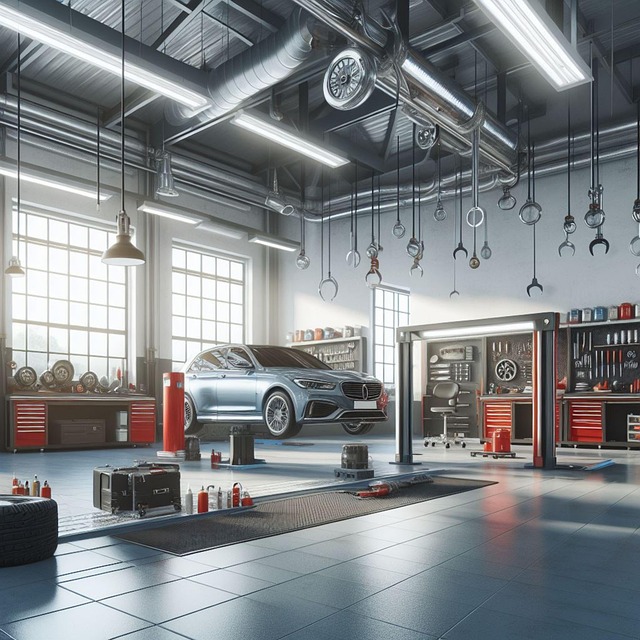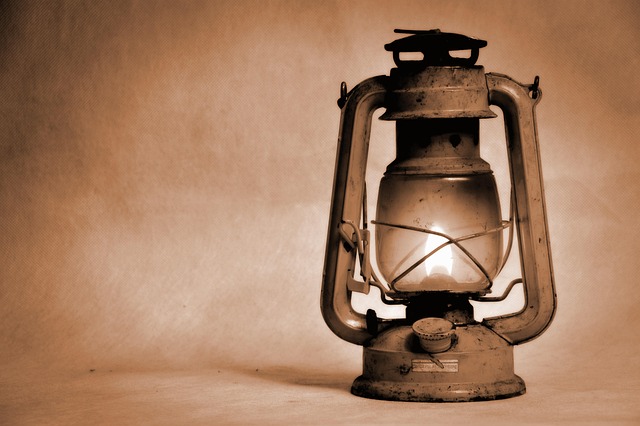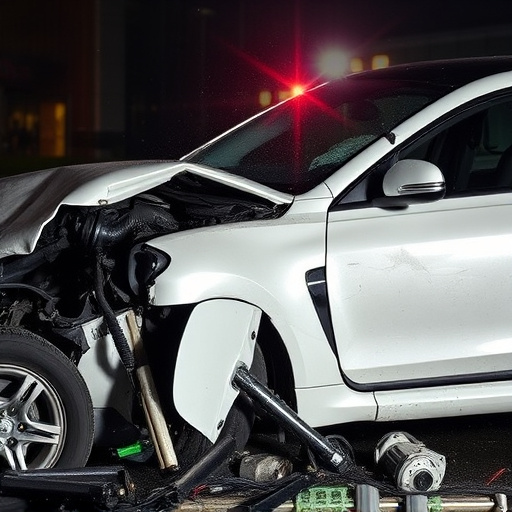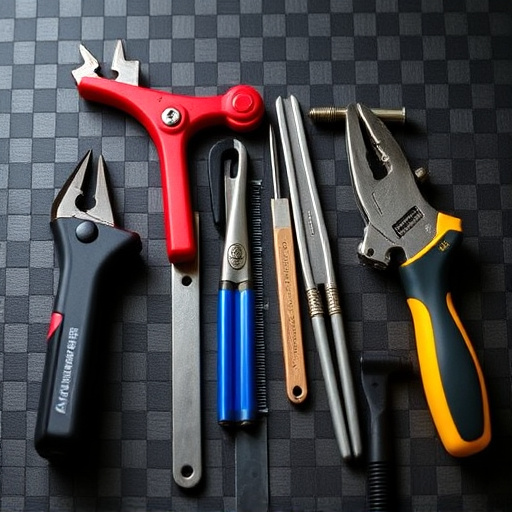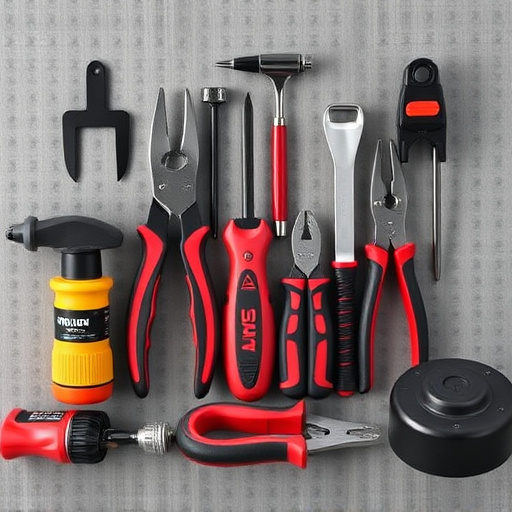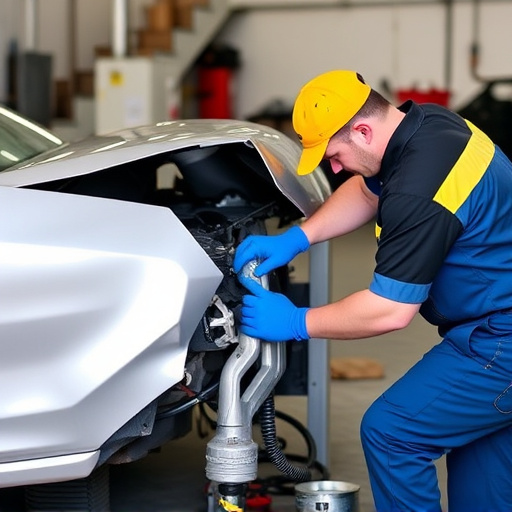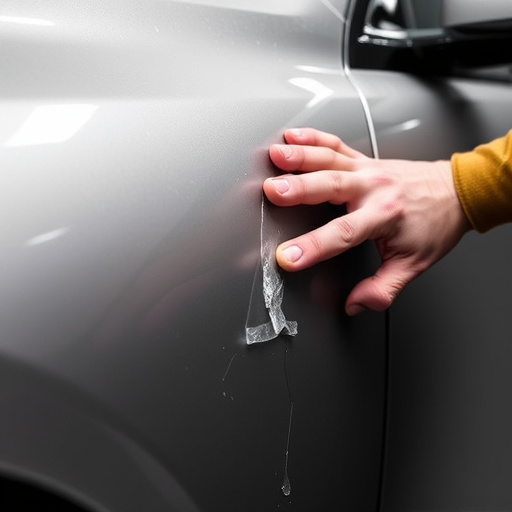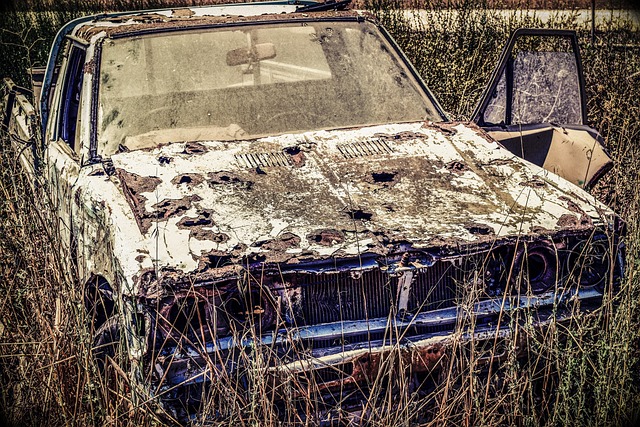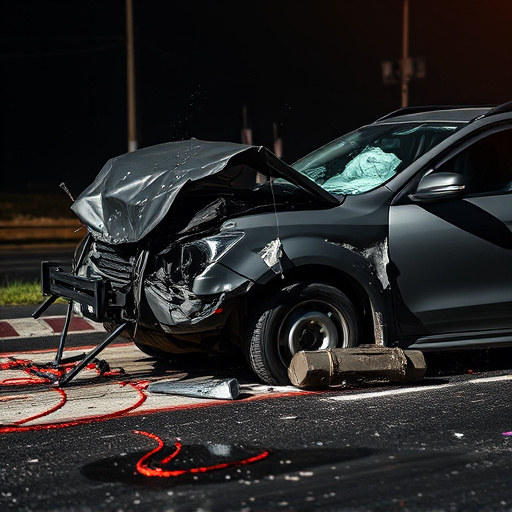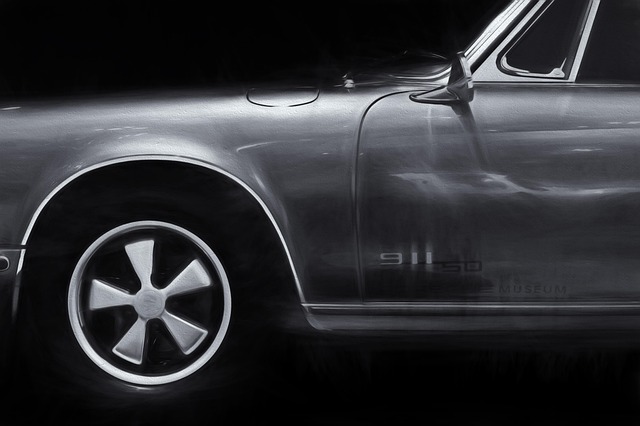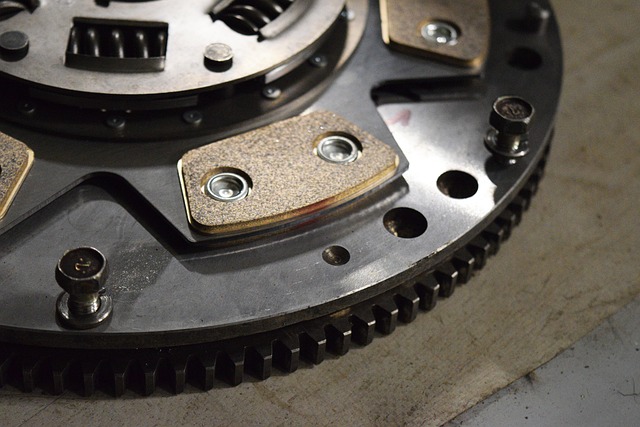PDR techniques offer a revolutionary, fast, and eco-friendly way to repair vehicle damage, including hail dents and door dings, without painting or extensive work, preserving original finishes and structural integrity while reducing costs for collision centers and car owners alike.
Discover the power of Professional Detailing Repair (PDR) techniques for removing hail damage and door dings. This advanced restoration method offers a cost-effective and discreet solution, preserving your vehicle’s appearance without the need for costly replacement parts. From understanding the science behind PDR to exploring specific strategies for addressing hail damage and door dings, this guide unveils the secrets to achieving seamless results.
- Understanding PDR: A Powerful Restoration Method
- Hail Damage: From Impact to Repair Strategy
- Door Dings: Techniques for Smooth and Discreet Removal
Understanding PDR: A Powerful Restoration Method
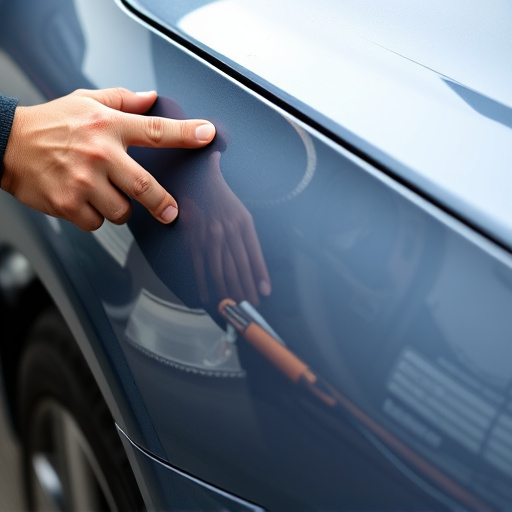
PDR, or Paintless Damage Repair, is a highly effective and innovative restoration method that has transformed the automotive industry. This advanced technique allows professionals to remove dents, dings, and minor crash damage from vehicle bodies without the need for traditional painting or extensive mechanical work. By utilizing specialized tools and trained expertise, PDR techniques offer a fast, cost-efficient, and environmentally friendly solution for collision repair centers and car enthusiasts alike.
Automotive restoration has evolved with PDR, enabling quick turnaround times and minimal disruption to the vehicle’s original finish. Unlike conventional car collision repair methods that can be labor-intensive and time-consuming, PDR technicians use precise tools to push the dented area back into its original shape. This non-invasive approach ensures that the car’s paintwork remains intact, preserving its value and aesthetics. Whether it’s a door ding from a parking lot mishap or more extensive hail damage, PDR techniques provide a reliable solution, making it a preferred choice for those seeking quality automotive restoration.
Hail Damage: From Impact to Repair Strategy
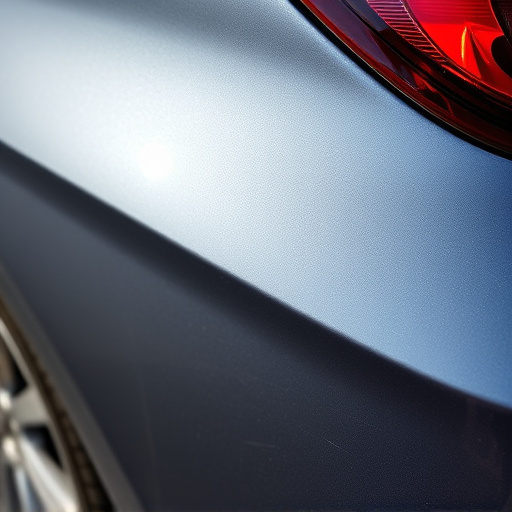
Hail damage, a common occurrence during severe storms, leaves visible marks on vehicles, from tiny nicks to large dents. The impact of hailstones can cause both superficial and deep damage to car bodies, affecting not just the exterior but potentially compromising structural integrity.
When addressing hail damage, Paintless Dent Repair (PDR) techniques have emerged as a preferred method in auto body shops. PDR is an art and science that involves removing dents without painting or replacing the damaged panel. This eco-friendly and cost-effective approach to car body restoration enables skilled technicians to return vehicles to their pre-damaged condition, preserving the original finish and ensuring longevity.
Door Dings: Techniques for Smooth and Discreet Removal
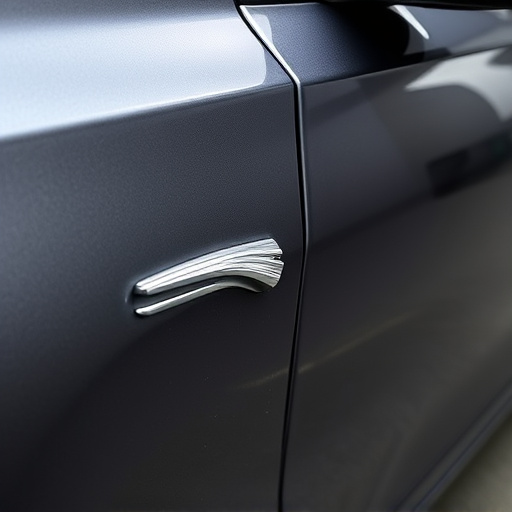
Door dings, those unsightly dents caused by shopping carts or parking lot mishaps, can be a nuisance for vehicle owners. Professional Detailers and Repair (PDR) techniques offer a smooth and discreet solution to removing these imperfections, returning your car to its pre-damaged condition.
Skilled technicians utilize specialized tools and methods to gently press and mold the dented area back into place, effectively concealing the damage. This process, often referred to as ‘plastic deformation’, allows for precise adjustments, ensuring the door panel appears seamless and undamaged. Compared to more invasive auto repair near me solutions like replacement or painting, PDR techniques preserve the vehicle’s original factory finish and structural integrity, making it a popular choice for automotive collision repair.
PDR techniques offer a powerful and effective method for restoring vehicles affected by hail damage and door dings. By understanding the impact of these common issues and employing specialized PDR strategies, professionals can achieve seamless and discreet repairs, ensuring vehicles return to their pre-damage condition. This non-invasive approach not only conserves original factory parts but also preserves the vehicle’s overall value and aesthetics.
